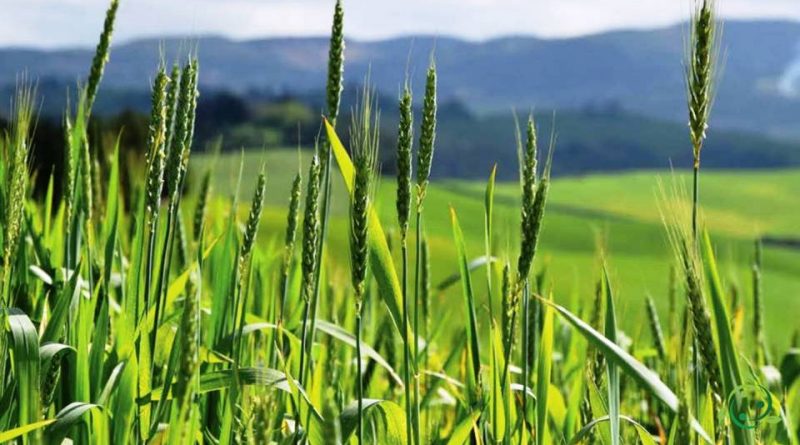Culm
Culm
The term culm, in botany, means the stem or caule, generally herbaceous, of grasses and other monocotyledons, characteristically articulated, fistulous, empty in the internodes, solid only at the nodes.
Its term comes from the Latin culmus. This is neatly divided into nodes and internodes (frequently hollow).
The leaves (one per node) start from the nodes of the culm. The nodes are very close together at the base of the culm and are distancing themselves as you move away from the ground. This is because the primary growth mechanism of the plant is based precisely on the growth of the nodes and the consequent removal of the internodes. From the first nodes (very close together) new culms are formed. This aspect allows the plant to grow in width to form more or less compact tufts. It is particularly relevant when considering mowing (by humans or following grazing).
In some plants the basal nodes of the culm can accumulate reserve substances.

